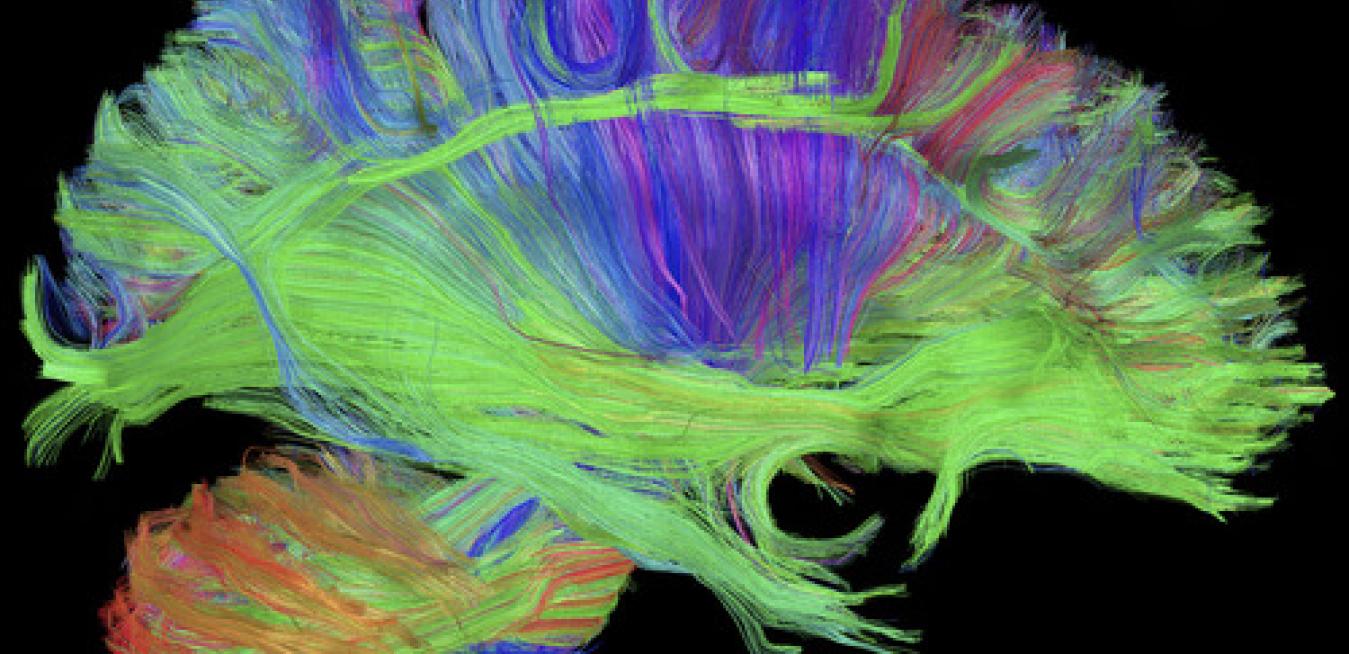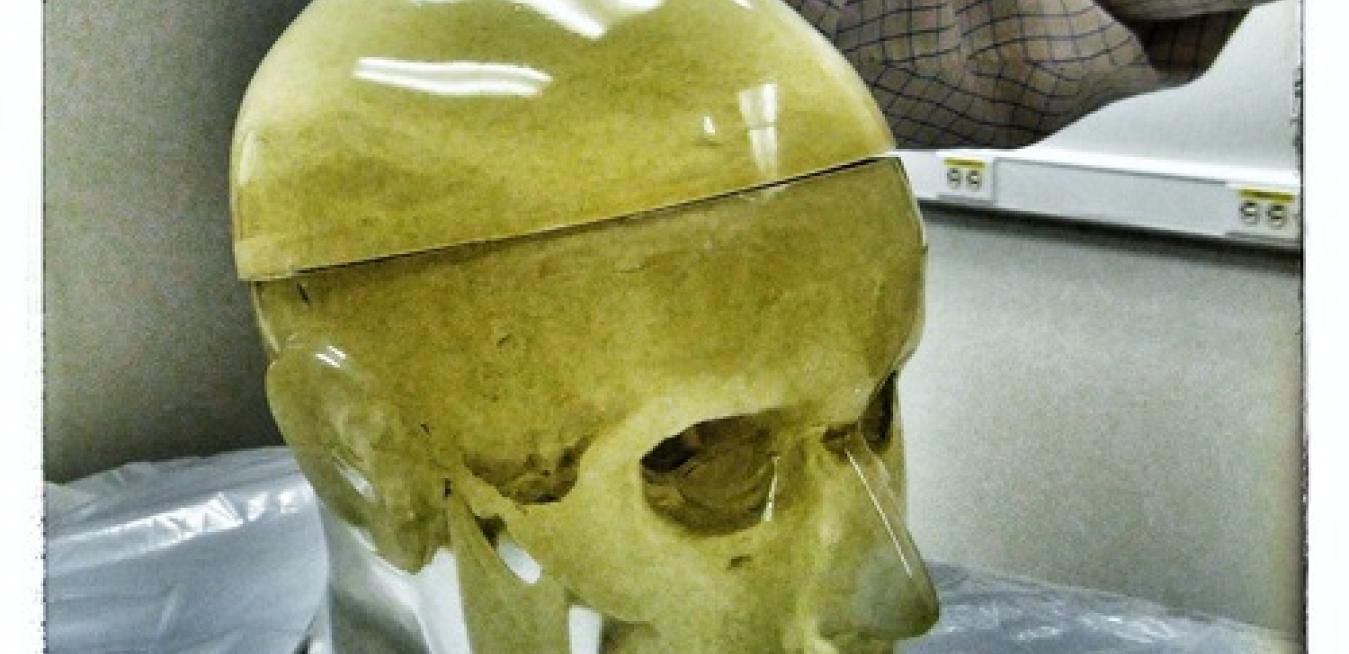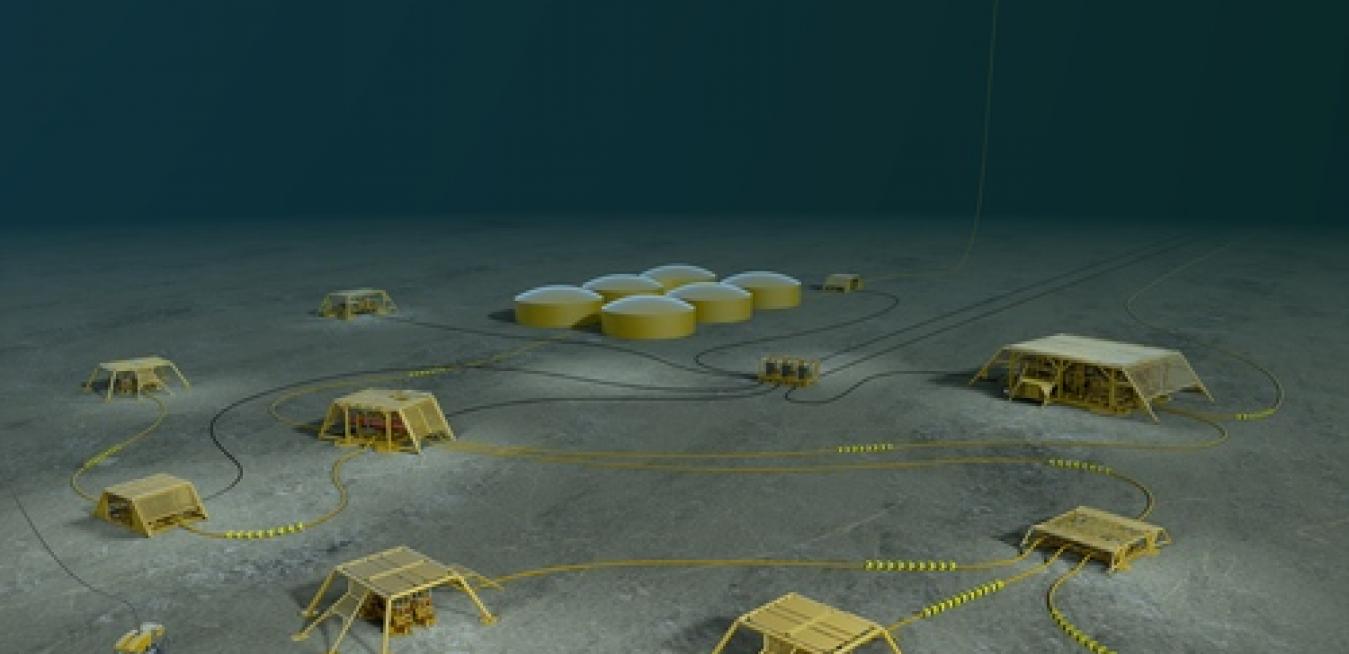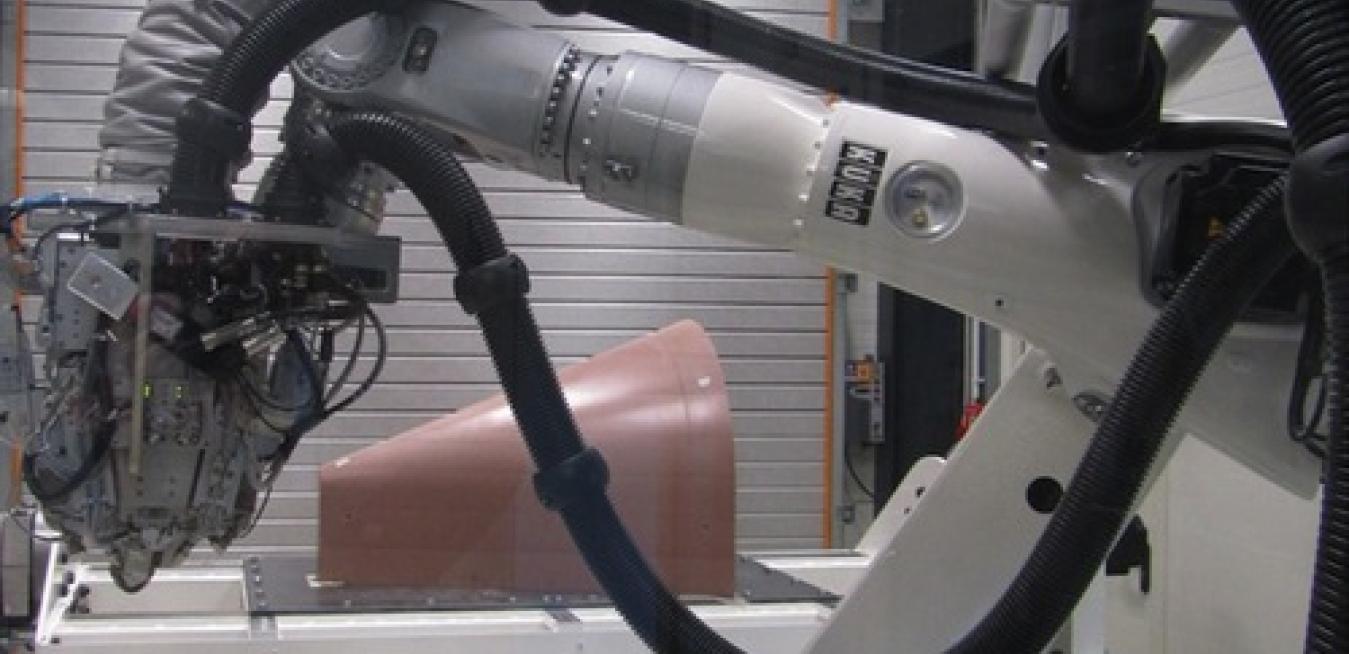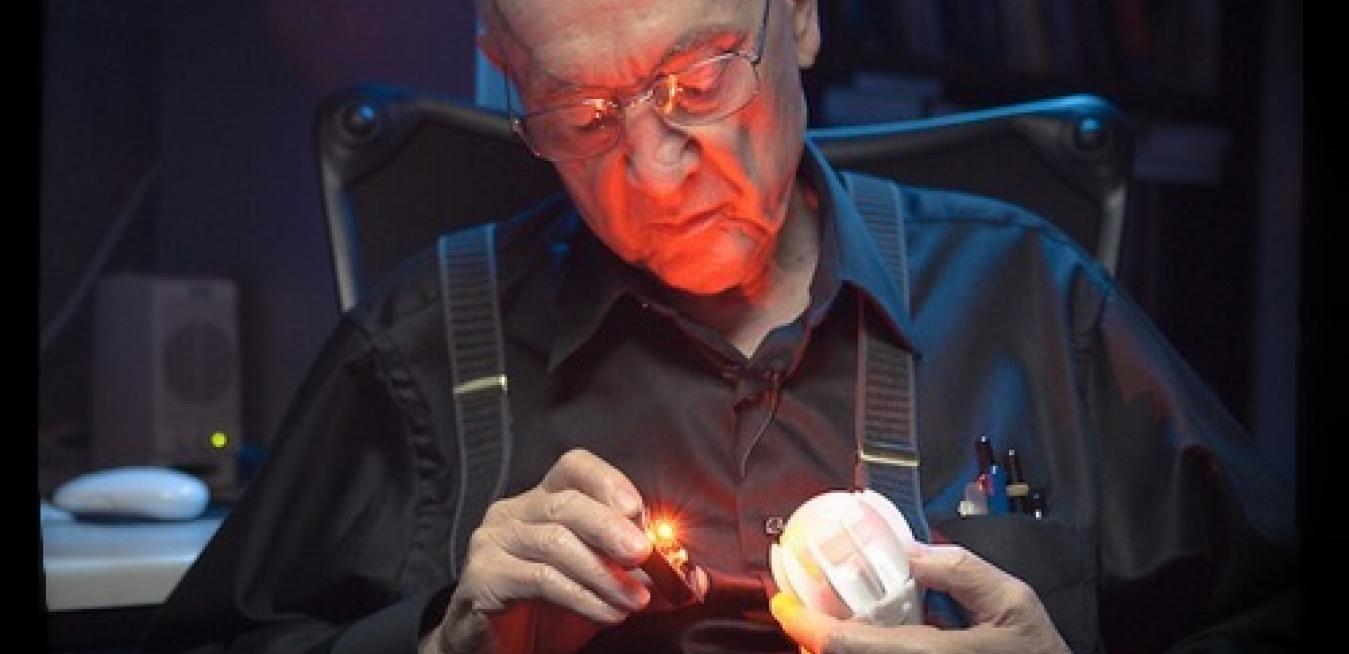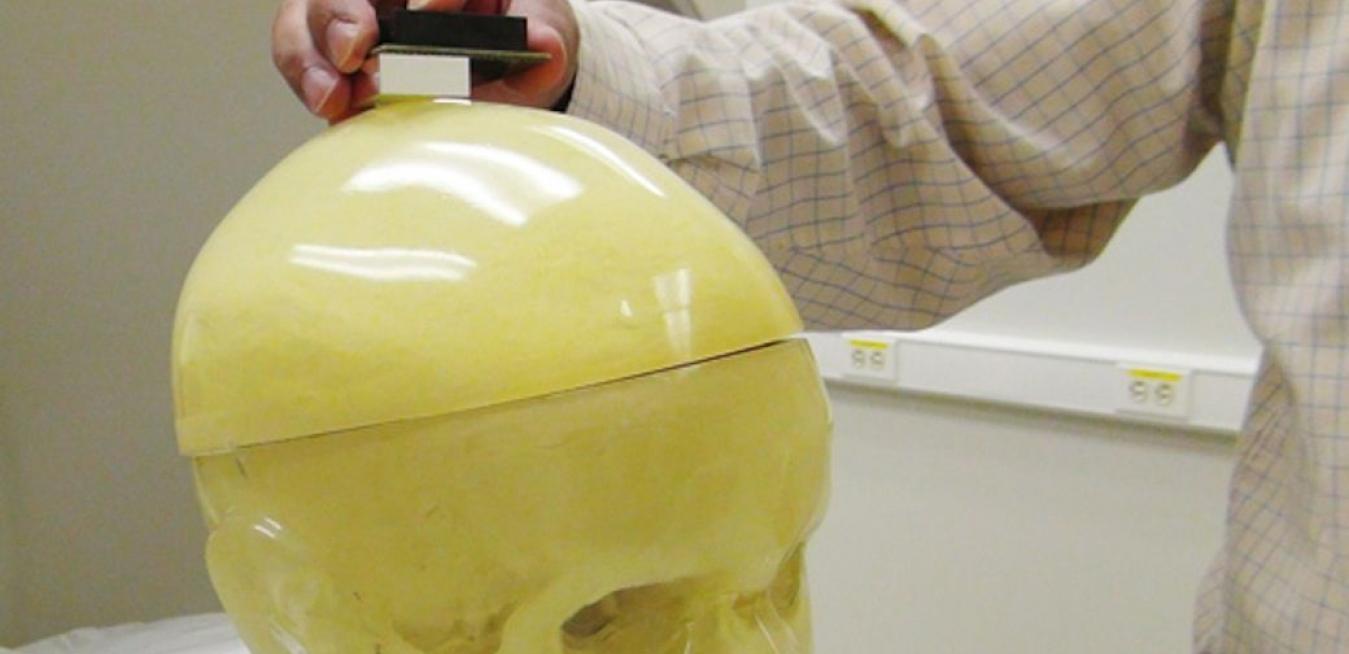Scientists at GE Global Research have also butterflies on their minds. But rather than studying tornadoes in Texas, they are looking the wings themselves and their chaos of colors.
The mind has a language of its own, and Jeff Ashe is trying to figure out what exactly it is saying.
GE scientists are working on a wearable, high-resolution imaging “helmet” that would allow doctors to observe the brain on the cellular level. The portable device could also allow doctors to study motor activity in the brain, since patients will be able to move around as their brains are being imaged.
GE opened its Brazil Technology Center in Rio de Janeiro today. The $500 million research hub will focus on developing advanced technologies for offshore oil and gas exploration and production.
How does a jet engine work? C'mon, quick. You get the point. We stroll casually onto planes and know little about how the engine operates. The same applies for medical scans. We lay down, close our eyes, but don’t know what goes on behind the machine’s walls.
Those who build them would argue that we are robbing ourselves. All that engineering complexity can be intimidating, but it often revolves around a handful of simple principles.
When the power goes out, electricity providers are often left in the dark along with their customers. That status quo is what’s keeping Naresh Acharya up at night. He is now planning to use some of the world’s most powerful supercomputers to help keep the lights on, while also allowing wind farms to produce more electricity and making the electrical grid more efficient.
“Right now, the power grid isn’t transparent,” Acharya says. “Grid operators don’t always see when something happens. We want to help them maximize the use of their assets in real time.”






